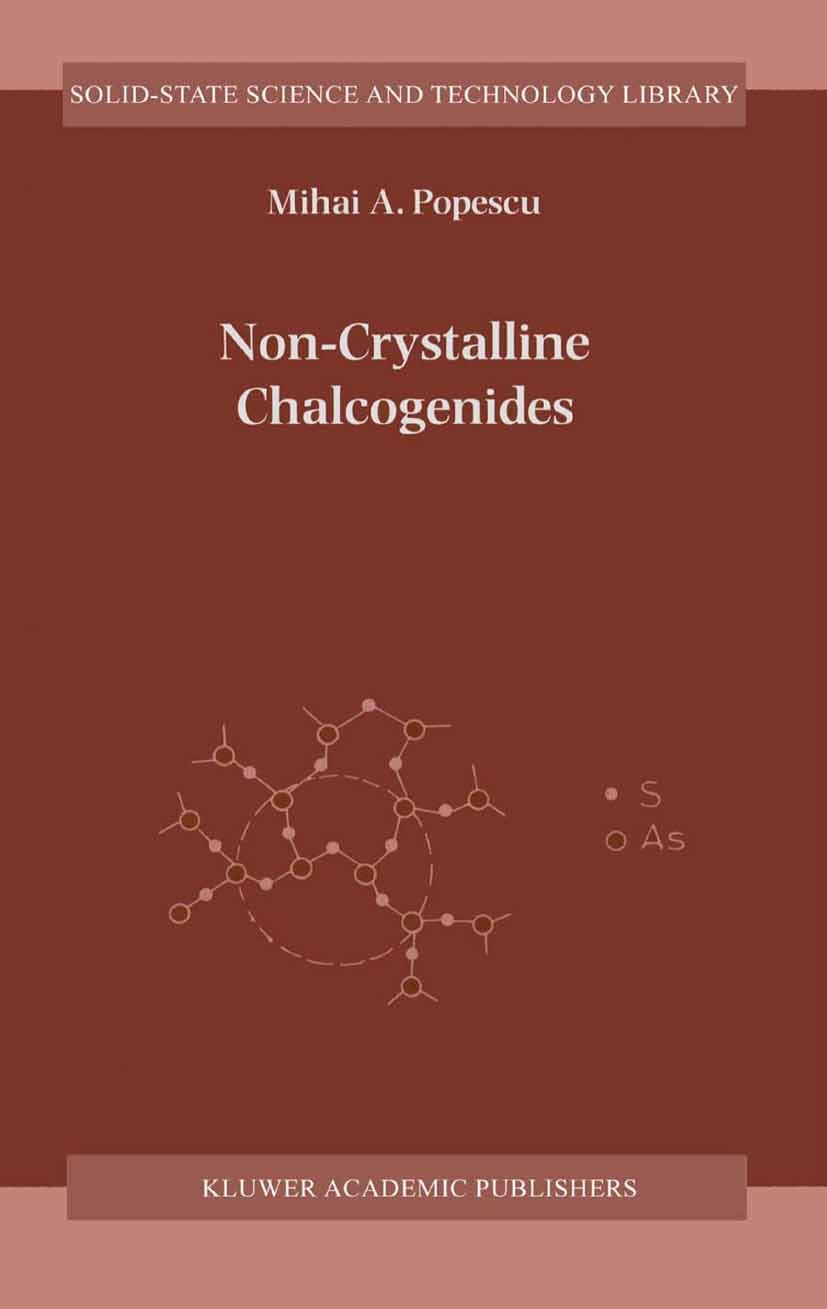| 书目名称 | Non-Crystalline Chalcogenicides |
| 编辑 | Mihai A. Popescu |
| 视频video | http://file.papertrans.cn/667/666882/666882.mp4 |
| 丛书名称 | Solid-State Science and Technology Library |
| 图书封面 |  |
| 描述 | The earliest experimental data on an oxygen-free glass have been published by Schulz-Sellack in 1870 [1]. Later on, in 1902, Wood [2], as well as Meier in 1910 [3], carried out the first researches on the optical properties of vitreous selenium. The interest in the glasses that exhibit transparency in the infrared region of the optical spectrum rose at the beginning of the twentieth century. Firstly were investigated the heavy metal oxides and the transparency limit was extended from (the case of the classical oxide glasses) up to wavelength. In order to extend this limit above the scientists tried the chemical compositions based on the elements of the sixth group of the Periodic Table, the chalcogens: sulphur, selenium and tellurium. The systematic research in the field of glasses based on chalcogens, called chalcogenide glasses, started at the middle of our century. In 1950 Frerichs [4] investigated the glass and published the paper: “New optical glasses transparent in infrared up to 12 . Several years later he started the study of the selenium glass and prepared several binary glasses with sulphur [5]. Glaze and co-workers [6] developed in 1957 the first method for the preparati |
| 出版日期 | Book 2000 |
| 关键词 | crystal; electronics; materials science; optoelectronics |
| 版次 | 1 |
| doi | https://doi.org/10.1007/0-306-47129-9 |
| isbn_softcover | 978-1-4020-0359-2 |
| isbn_ebook | 978-0-306-47129-2Series ISSN 1383-7141 |
| issn_series | 1383-7141 |
| copyright | Springer Science+Business Media B.V. 2000 |
 |Archiver|手机版|小黑屋|
派博传思国际
( 京公网安备110108008328)
GMT+8, 2025-11-12 06:01
|Archiver|手机版|小黑屋|
派博传思国际
( 京公网安备110108008328)
GMT+8, 2025-11-12 06:01


